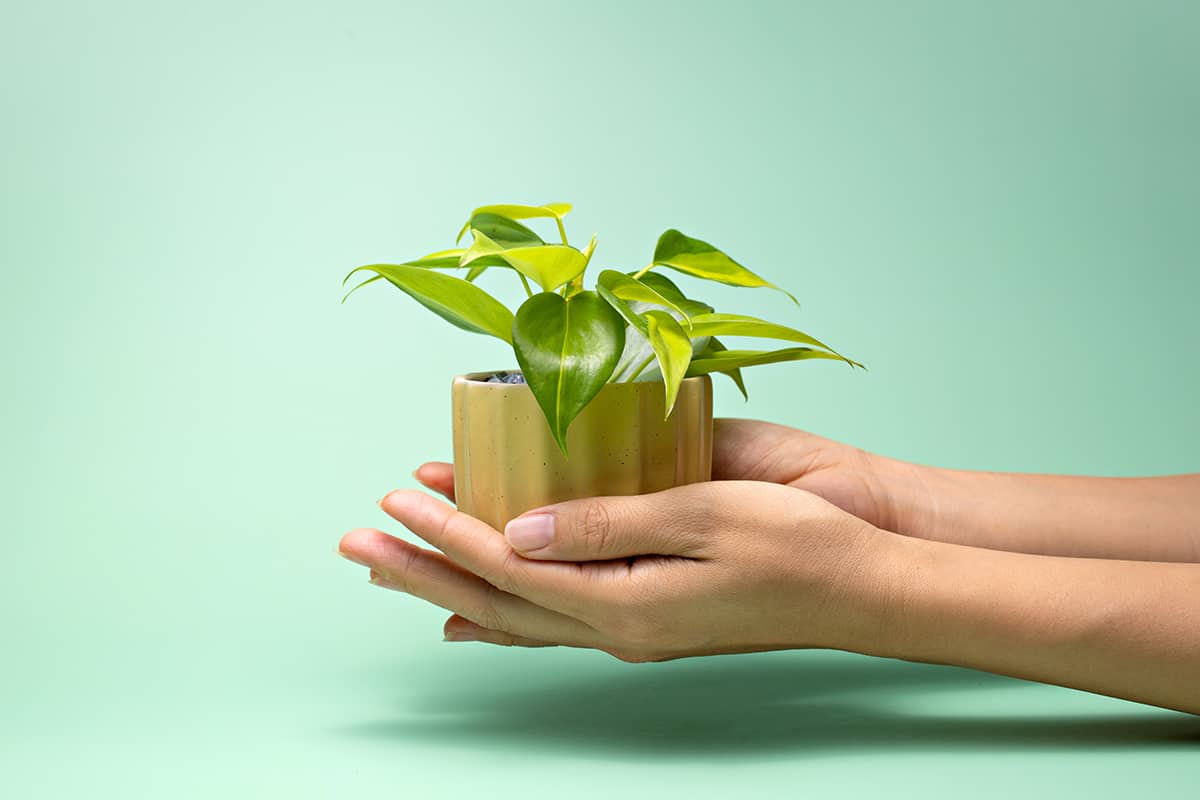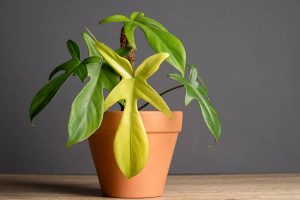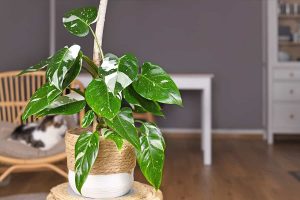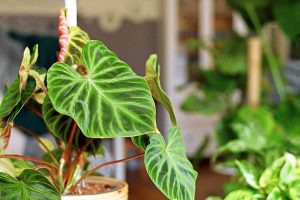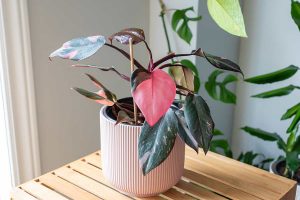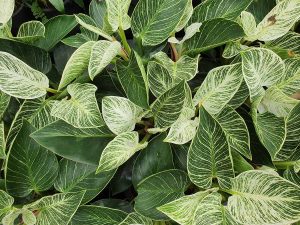Philodendron brasil is an extremely popular houseplant, thanks to its quirky trailing habit, lush evergreen foliage, and easy-care qualities.
Fortunately, if you want to produce more of these plants to have around your home, you can do so by propagating them.
The philodendron brasil plant is most commonly propagated by stem cuttings since this makes use of cuttings produced when the mother plant is pruned. Here we explain how to propagate using stem cuttings as well as the division method and tips for achieving successful propagation.
Table of Contents
What is a Philodendron Brasil?
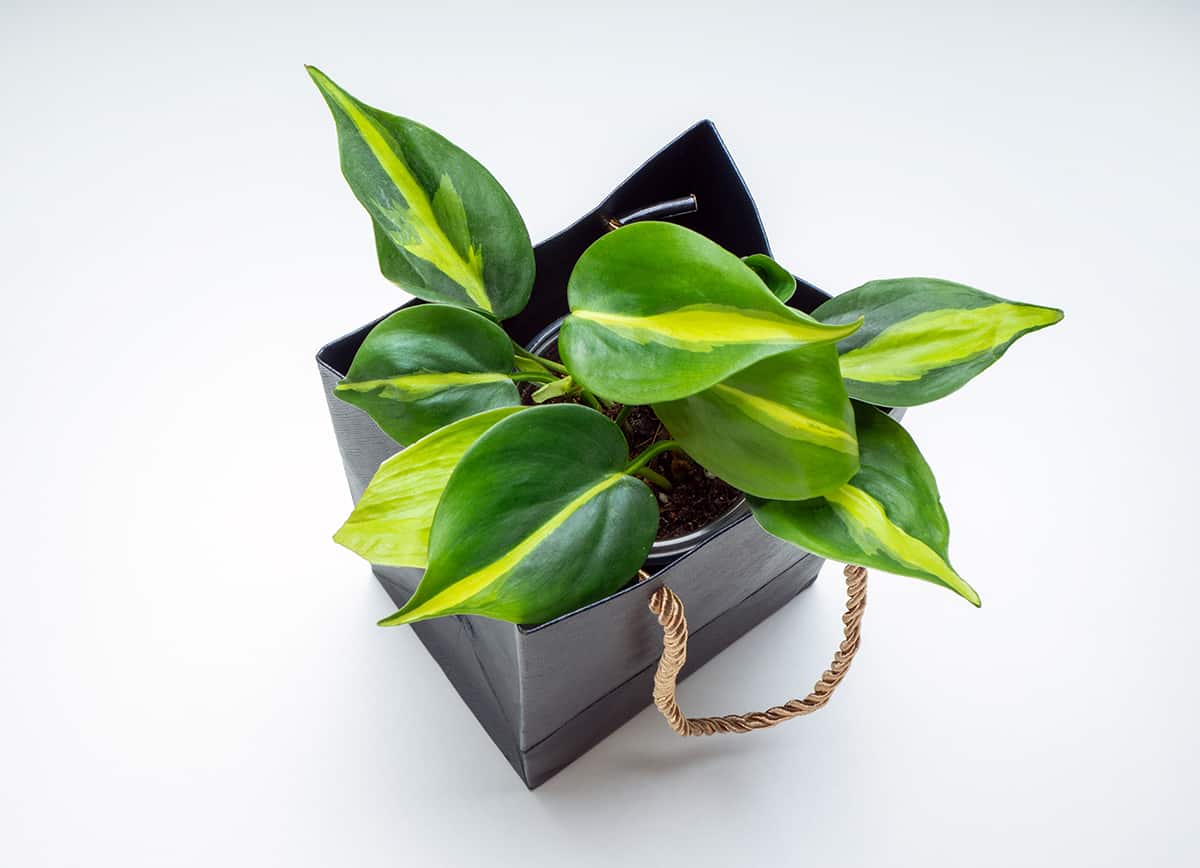
The philodendron brasil plant is one of the most popular and common types of philodendron houseplants you will find. It also goes by the name of heartleaf philodendron because of its telltale heart-shaped foliage.
The correct botanical name for the philodendron brasil is philodendron hederaceum “Brasil”. The difference between the standard philodendron hederaceum and the brasil variety is the color of the leaves. The philodendron brasil has variegated leaves with splashes of bright yellow-green against the darker green base, while the regular philodendron hederaceum is not variegated.
The philodendron brasil has a trailing vine habit that makes it perfect for hanging pots, and it grows exceptionally quickly.
Can a Philodendron Brasil be Propagated?
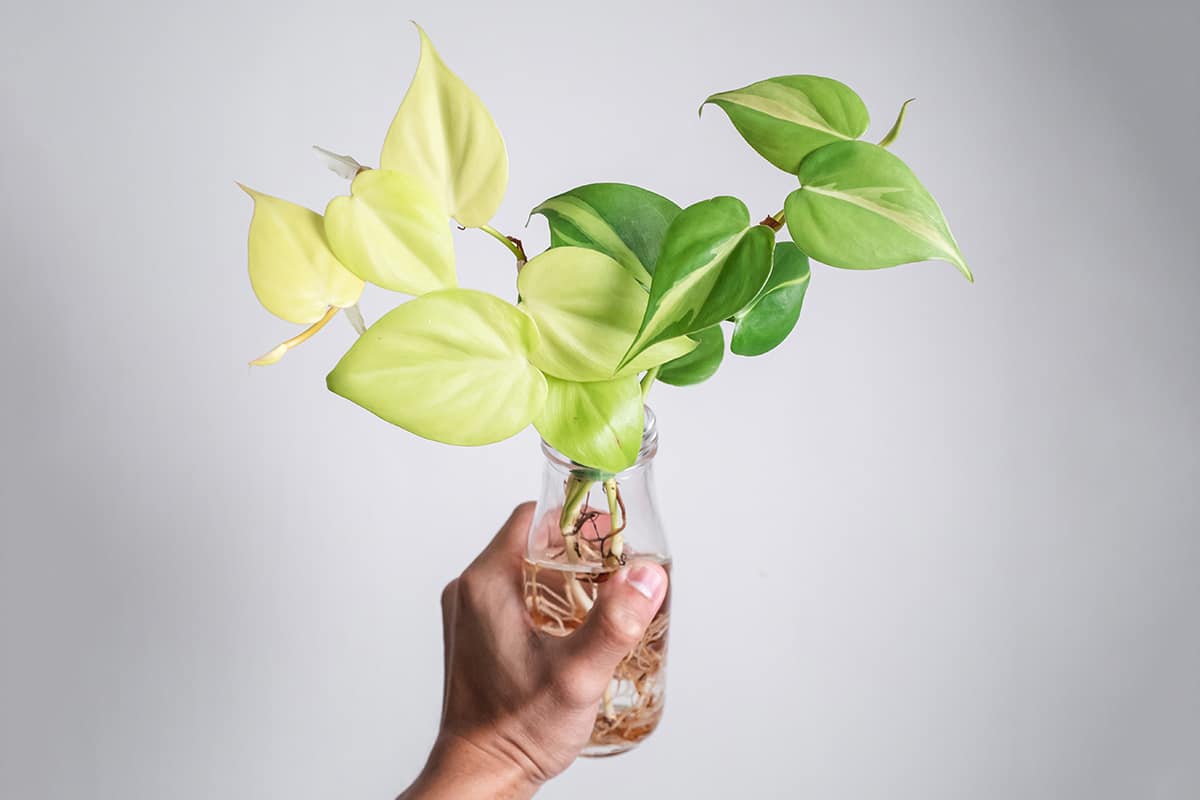
This plant is great for propagating because it has a high rooting success rate, making it ideal for beginner growers who want to experiment with producing their own plants.
The fact that philodendron brasil plants grow so quickly also means that they need to be routinely pruned. Propagating the pruned stems is a fun way to ensure the stems don’t get wasted.
Best Time to Propagate a Philodendron Brasil
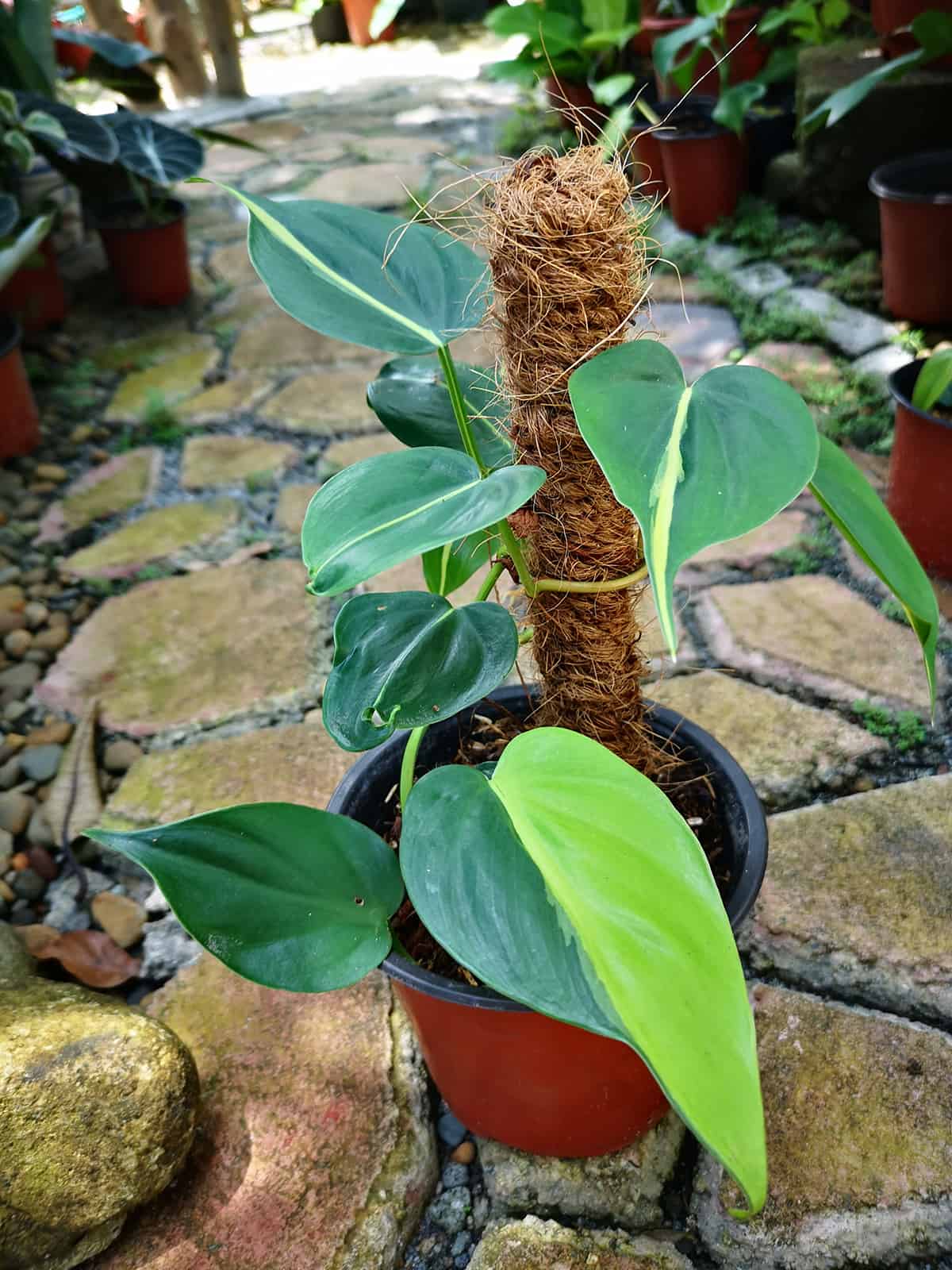
Philodendron brasil plants can be propagated at any time of year, but you are likely to see the best results if you propagate during spring or summer.
This is because these seasons are when the plant will be in its active growth phase, and therefore roots will be produced more quickly. Plants propagated during their active growth phase have higher success rates, and will become more established in a shorter time frame, leading to healthier and stronger plants.
Propagate after pruning
Philodendron brasil plants grow very quickly and will often need to be pruned multiple times each year to prevent them from overgrowing. Pruning your philodendron brasil will also ensure it grows to look full and lush rather than long and leggy.
When you prune your plant, instead of throwing the cut-off stems away or adding them to your composter, you can use them to create entirely new plants. As long as the stems you have pruned are healthy, they can be used for propagation.
Many people choose to prune at a particular time of year, most commonly in the fall or early spring. Either of these times are suitable for using pruned stems for propagation, though you are likely to experience more success when propagating stem cuttings in the spring.
Best Ways to Propagate a Philodendron Brasil
There are two main ways to propagate philodendron brasil plants, and these are by using stem cuttings, and via division.
Stem cutting propagation
To propagate with stem cuttings, you can cut stems from the mother plant specifically with propagation in mind, or you can make use of stems that have been pruned off the plant because it was growing too big.
- Prune your philodendron brasil using sharp, sterilized scissors or a blade. You can sterilize your equipment by boiling it in water or using a sterilizing solution. This will prevent any diseases from being transferred between plants or causing cross-contamination. Stem cuttings will need to be at least 4 inches in length, but they can be as long as 18 inches.
- Prepare your stem cuttings by lining them up in a row on a flat surface, with the cut ends all facing to one side. If necessary, trim the stem cuttings so that a leaf node is right at the bottom of the stem. You can identify a leaf node by the slight bump on the stem, and the fact that it will be at the point on the stem where the leaf meets the stem. Remove all of the leaves from the lower part of the stem.
- Prepare a glass of water for your stem cutting to propagate in or a pot of soil. Water should be in a clear glass jar so that you can keep a visual check on any emerging roots; for soil propagation, the soil should be well-draining and moist.
- Insert your stem cutting into the glass of water or the pot of soil. Change your water for fresh water every few days, or keep the soil moist but not wet.
- Roots will start to grow from the leaf nodes, which are beneath the soil surface or under the water, usually within 2 weeks. Allow the roots to become established before transplanting them to more permanent growing pots.
Division propagation
Philodendron brasil plants grow so quickly that they can become too big for their pots in just a year or two. In this case you can repot the plant into a bigger pot, or you can divide the plant to create two or more smaller plants.
- To propagate your philodendron brasil via division, first, remove your plant from the pot. If the plant is quite overgrown, it might be rootbound and in which case getting it out of the pot could be a struggle. Work it out of the pot carefully by gently squeezing and twisting the pot while holding on firmly to the base of the plant.
- Once out of the pot, brush the soil away from the roots of the plant, and separate the plant and the roots into two.
- Once separated, repot the plant into two or more plant pots, in fresh, well-draining soil. Water the soil to help the plants settle into the soil.
Should Philodendron Brasil be Propagated in Water or Soil?
When you propagate with stem cuttings, you face the choice between rooting your stems in water or soil. There are pros and cons to both options.
Water Propagation
Traditionally, propagation would take place in the soil, but propagating in water has grown enormously in popularity due to how easy it is and the way you can watch roots develop. Propagating in water does not require any special equipment, such as plant pots and soil, since you can simply use an old mason jar and water from the kitchen tap.
Growers love to watch the root system develop through the glass, and it means you don’t have to guess whether the root system is well-established or not. The main drawback with propagating in water is that it can cause the stems to rot, though this rarely happens with philodendrons which generally root easily in water.
Soil Propagation
Propagating in soil generally yields better results because this is the way plants are accustomed to growing. Soil also needs less attention during propagation compared to water, which needs to be changed often.
If you propagate stem cuttings in soil, you can leave them to continue growing in their pot, whereas stem cuttings that have rooted in water will need to be transplanted to pots of soil once established.
